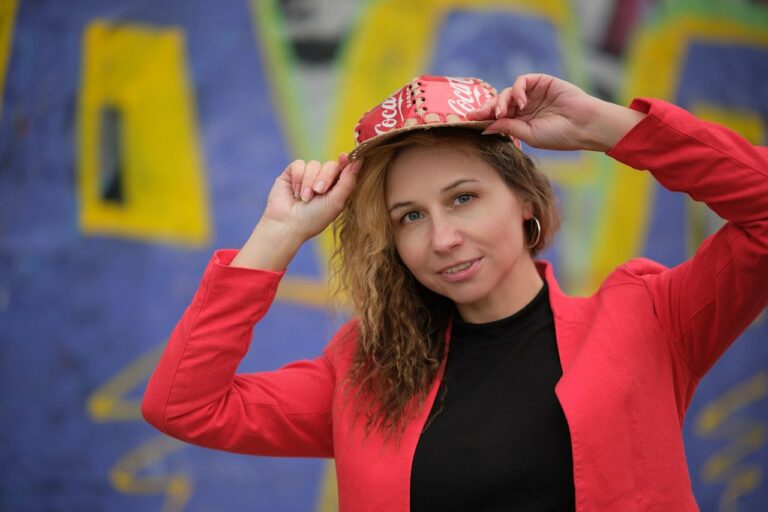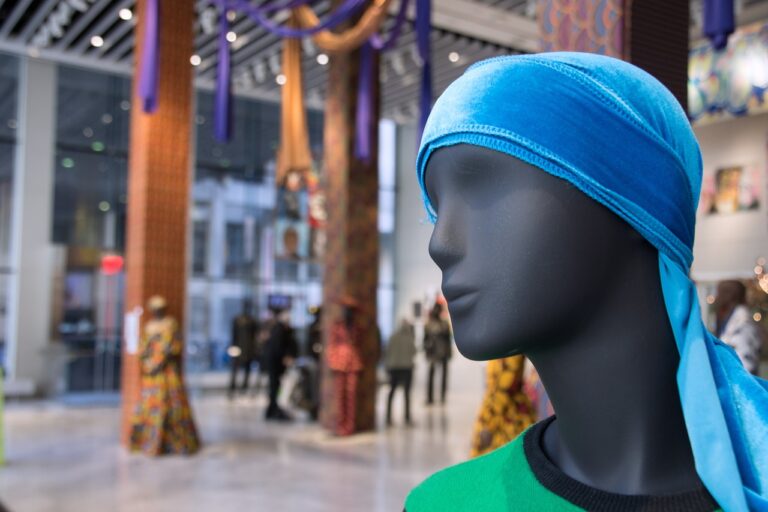The Psychology of Color: How Your Environment Affects Your Mood and Behavior
Color theory plays a significant role in influencing the human mind in various ways. Different colors have the power to evoke specific emotions and reactions from individuals. Understanding the impact of colors on the mind can help in creating environments that promote desired feelings and behaviors.
Warm colors such as red, yellow, and orange are known to stimulate emotions and increase energy levels. These colors are often associated with feelings of warmth, passion, and excitement. On the other hand, cool colors like blue, green, and purple tend to have a calming effect on the mind, promoting relaxation and focus. By strategically incorporating these colors into our surroundings, we can harness their psychological effects to enhance our overall well-being and productivity.
The Influence of Warm Colors on Emotions and Energy Levels
Warm colors such as red, orange, and yellow are known to evoke feelings of warmth, energy, and excitement. These hues have the ability to stimulate the mind and increase heart rate, making them perfect for spaces where communication and creativity are key. In home offices or social gathering spaces, incorporating warm colors can promote productivity and lively interactions among individuals.
Additionally, warm colors have been found to have a positive impact on appetite and can create a welcoming atmosphere in dining areas. By using these vibrant hues in restaurants or kitchens, businesses can enhance the dining experience and encourage patrons to feel more satisfied with their meals. The psychology behind warm colors lies in their ability to spark enthusiasm and create a sense of urgency, making them a powerful tool in influencing emotions and energy levels.
The Psychological Effects of Cool Colors on Relaxation and Focus
Cool colors, such as blue and green, have been known to have a calming effect on individuals. These colors are often associated with feelings of tranquility and serenity, making them ideal choices for spaces where relaxation and focus are desired. Research suggests that exposure to cool colors can help reduce stress levels and promote a sense of calmness in both the mind and body.
Furthermore, these cool hues have also been found to enhance focus and concentration. The soothing nature of cool colors can help create a peaceful environment that is conducive to clear thinking and mental clarity. By surrounding oneself with these shades, individuals may find it easier to relax, unwind, and maintain a sense of focus in their daily activities.
How does color theory impact the human mind?
Color theory suggests that different colors can have psychological effects on individuals, influencing emotions, energy levels, and focus.
What influence do warm colors have on emotions and energy levels?
Warm colors such as red, orange, and yellow are known to evoke feelings of excitement, passion, and energy. They can increase heart rate and create a sense of urgency.
How do cool colors affect relaxation and focus?
Cool colors like blue, green, and purple are associated with calmness, relaxation, and focus. They can help reduce stress, lower heart rate, and improve concentration.
Can the use of cool colors in a space help promote relaxation and focus?
Yes, incorporating cool colors in a space, such as painting the walls blue or adding green plants, can create a calming environment that promotes relaxation and enhances focus.
Are there any other ways to utilize cool colors for relaxation and focus?
Yes, using cool color schemes in decor, such as in furniture, rugs, and artwork, can also help create a soothing atmosphere that encourages relaxation and boosts concentration.







